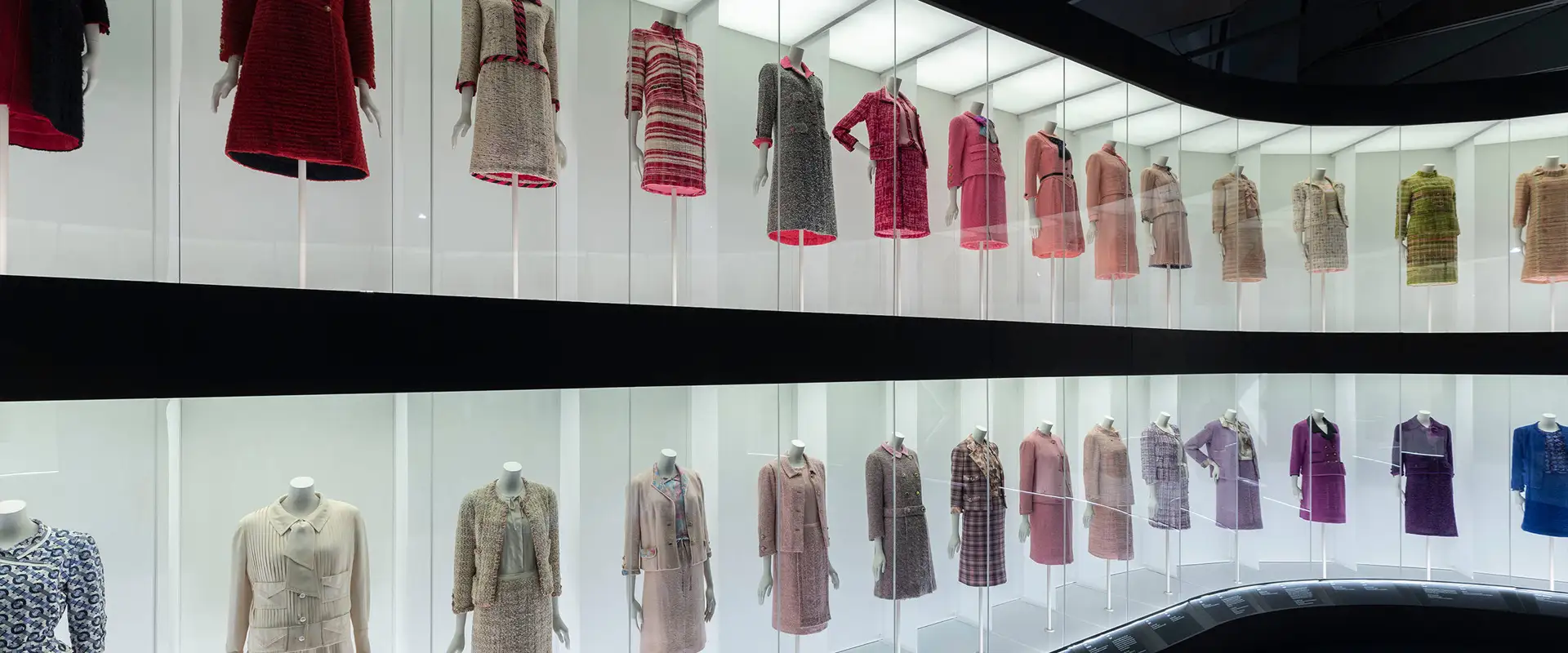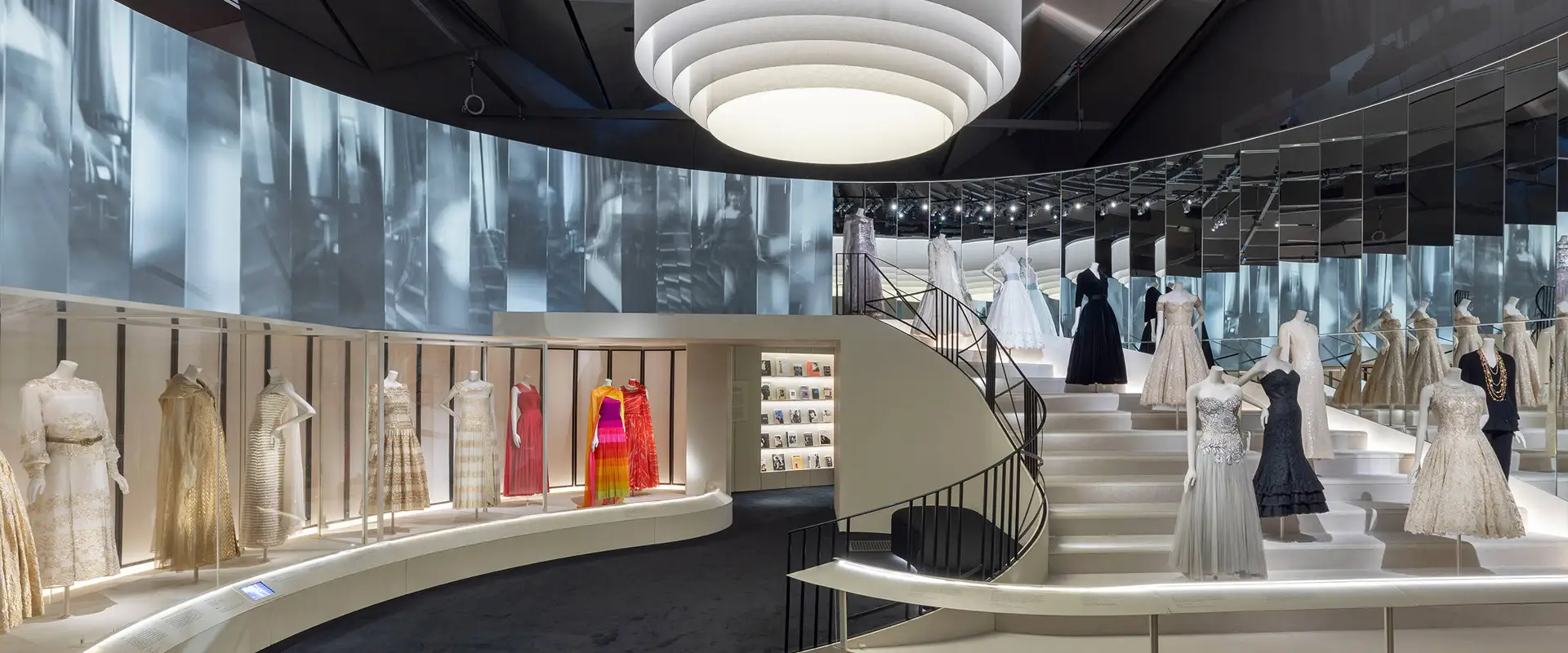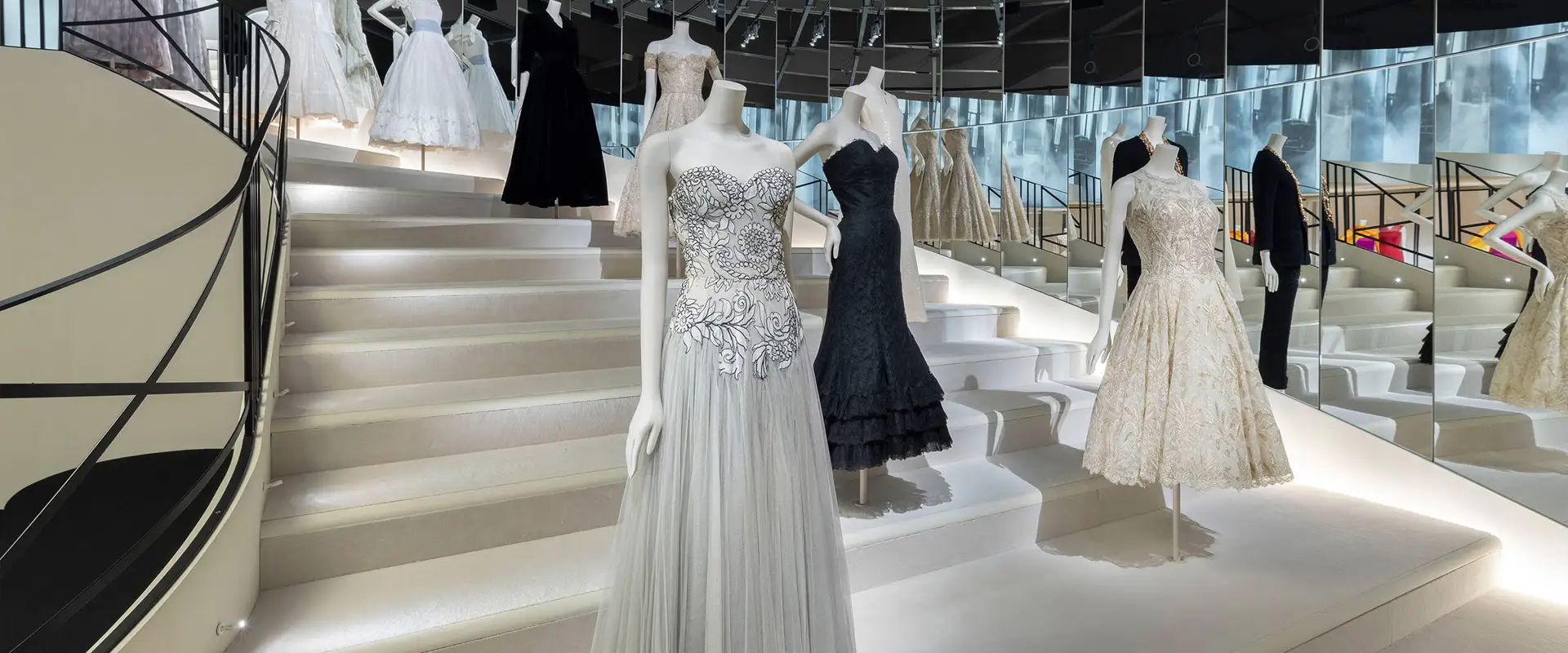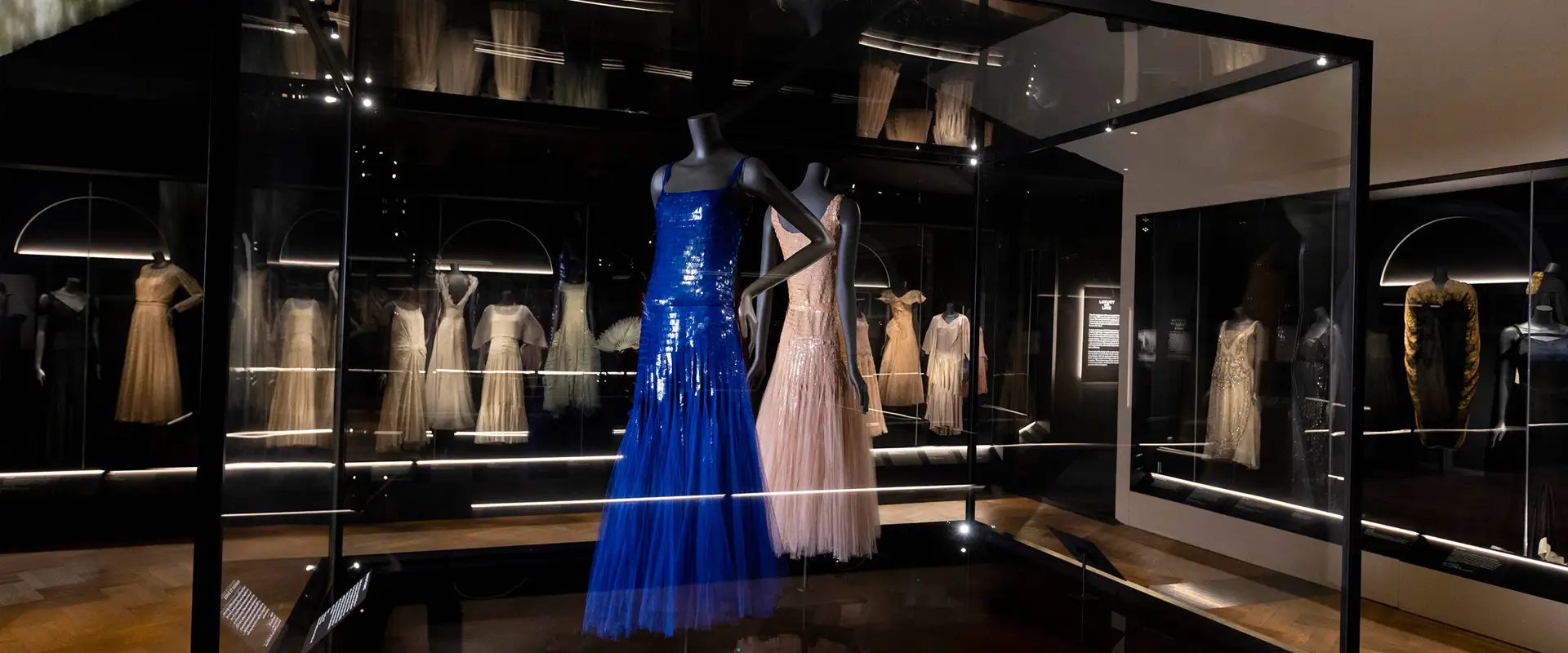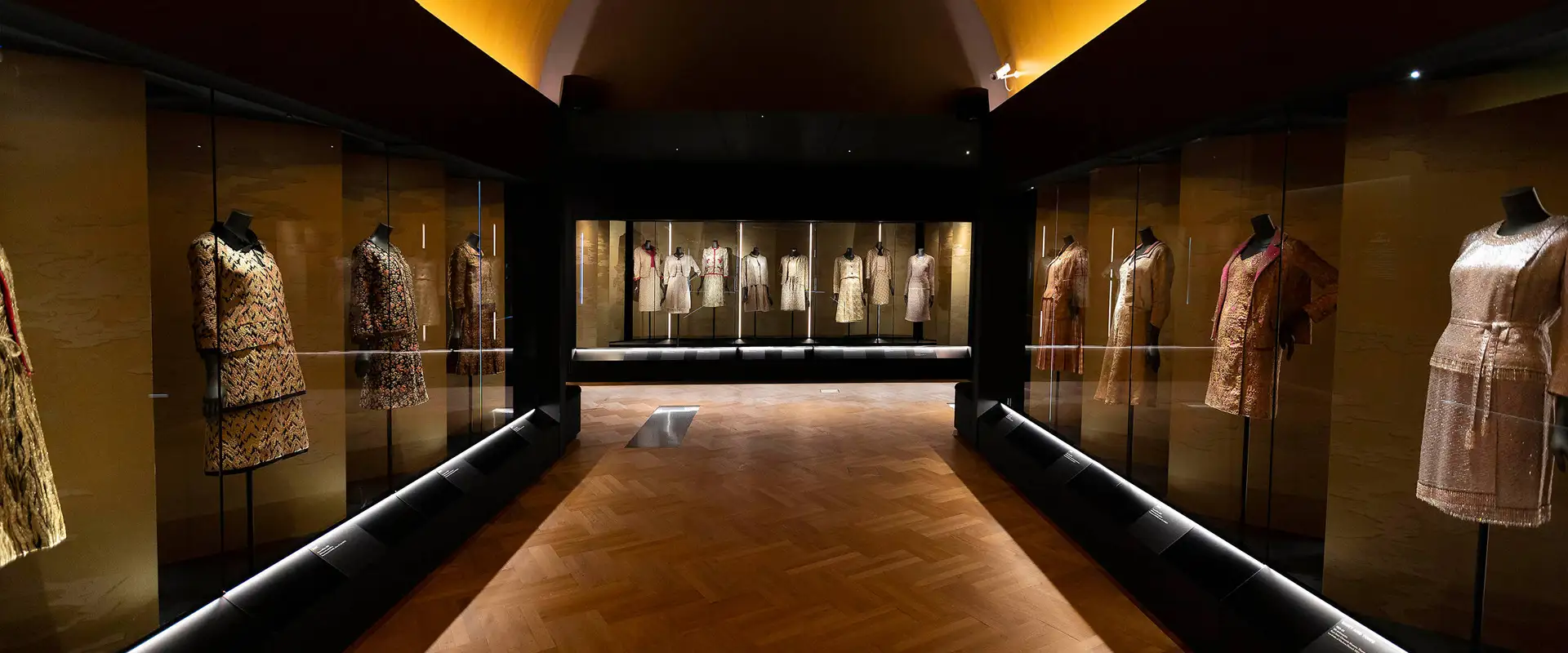In 2019, the New York Times reported on The Louvre Abu Dhabi’s luxury exhibition which presented the evolving, often conflicting, interpretations of the word luxury.
They asked: “Is it ostentatious spending on trend-driven whims like handbags and lipsticks, or investing in unique pieces associated with a specific place or period? Is it a concept rooted in product or experience? An ever-changing social construct? Or today, in a frantic world cluttered with objects, screens and logos, is it time itself?”
If the New York Times is confused, imagine how we feel!
10,000 Years of Luxury held at the Louvre, Abu Dhabi, was a story that celebrated a world history of the lavish and the luxurious through 350 extraordinary objects – fashion, jewellery, art, furniture, design and more.
A word that once held power to evoke images of rare artistry, unattainable elegance, and timeless craftsmanship is now slapped across every other product, from shampoo to toilet paper.
In a world where opulence reigns supreme, it’s easy to get caught up in the allure of exorbitant price tags. Yet, true luxury extends far beyond the monetary value. It’s a complex combination of heritage, craftsmanship, exclusivity, and emotional resonance.
Luxury isn’t defined by the word itself, but by the experiences, craftsmanship, exclusivity, and authenticity behind it.
The Power of Aspirational Desire
For centuries, the allure of luxury has been associated with success and aspiration. Ancient markets for Chinese silk or Venetian glass flourished because the wealthy sought beauty, rarity, and craftsmanship. Luxury, then and now, taps into this human desire for exceptional quality, status, and emotional connection. Smart luxury brands have harnessed these desires, creating exclusive products that resonate with the aspirations of their audience.
The notion of “high” anything speaks to an exclusivity that few truly understand. Brands like A. Lange & Söhne, Audemars Piguet, and Jaeger Lecoultre embody this ethos. To even mention their names is to belong to a niche segment. Here, language and craftsmanship intertwine in such a way that the word “luxury” itself starts to feel like an overused cliché in comparison. In truth, the craftsmanship behind these luxury items is what gives them meaning, and that’s where the real value lies.
Luxury brands that have been dominating – from the classic to the contemporary – have all been doing one thing in common: creating desire.
The truly luxurious are fiercely protective of their value. They don’t engage in discounts or sales, nor do they wholesale. Exclusivity, vertical integration, and maintaining direct control over their production ensures that these brands retain their authenticity and quality.
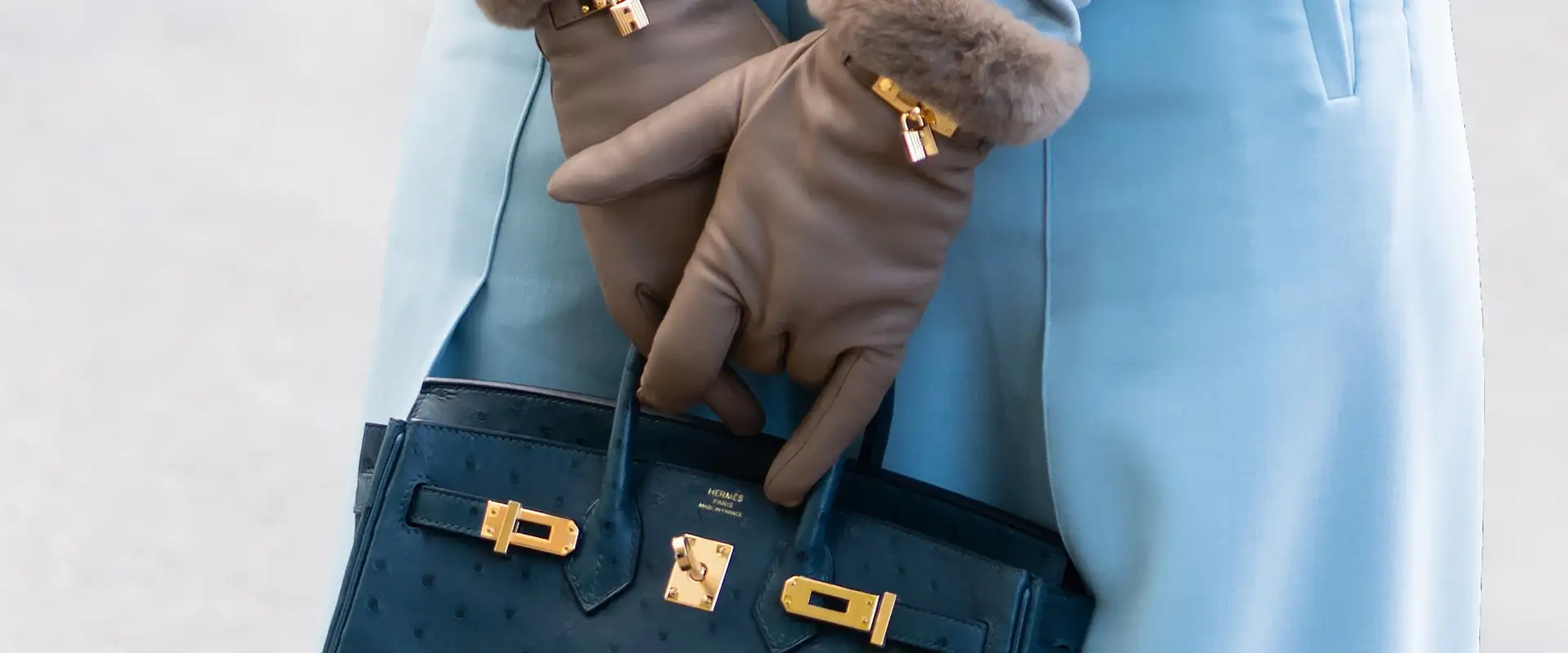
Take the Hermès’ Birkin bag, for instance. Only a limited number of these iconic bags are made each year, making them highly coveted. If a brand is limiting its production, then you know it’s not available everywhere. That exclusivity is a big part of luxury brands value.
This rarity and exclusivity form the foundation of their appeal. Those who own a Birkin don’t just possess a handbag; they possess a symbol of craftsmanship, prestige, and status. In the same vein, luxury is not about innovation or trend driven products. Instead, it’s about timelessness, heritage, and quality attributes that stand the test of time.
The Backbone of True Luxury
At the heart of every successful luxury brand is a dedication to exceptional craftsmanship, heritage, and quality. Luxury brands have always been about more than just products; they’re about stories, heritage, and values that transcend time. The most successful luxury brands, whether family-owned like Chanel and Hermès or corporate giants like LVMH, recognize the importance of their legacy.
Most brands like Chanel, Gucci, Givenchy, Cartier, Louis Vuitton, Hermes, and others have humble origins that gained momentum of influence because of their top-quality products made by artisans and craftsmen at the pinnacle of their craft.
The ability to tell a brand story that roots itself in this heritage is essential in the luxury space. Consumers aren’t just buying a product; they’re buying into history, values, and a certain lifestyle.
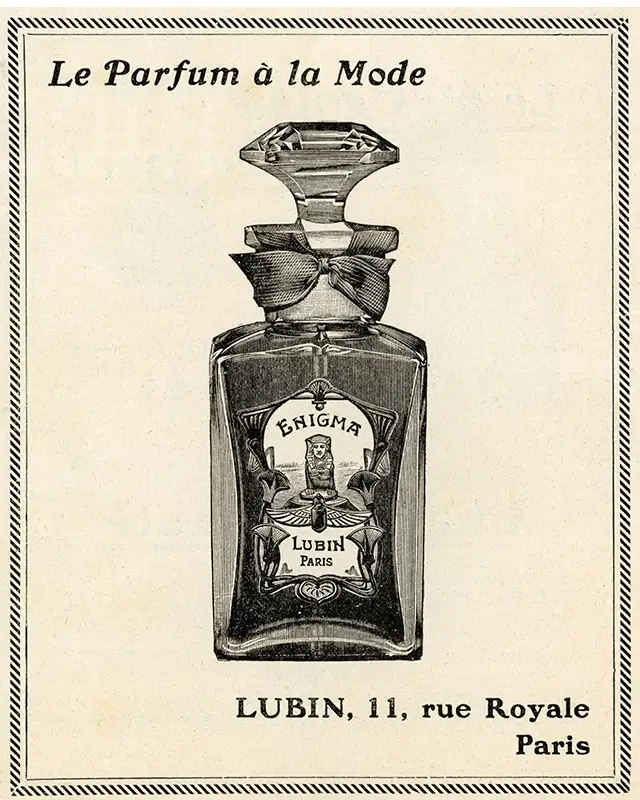
Vertical integration, where a brand controls every aspect of production, further ensures the quality and rarity of these luxury items. For example, some luxury brands even own farms to ensure the quality of the materials they use. It’s this attention to detail and control over the production process that makes true luxury items timeless and valuable.
While innovation is celebrated in most industries, in the luxury space, timelessness is king. “True luxury is not fashion, it’s timeless.” The appeal of luxury lies in its ability to transcend trends and remain relevant across generations, with an emphasis on quality that is built to last.
The Emotional Connect
Beyond the material quality, luxury is deeply intertwined with emotional resonance. For many consumers, purchasing a luxury item goes beyond acquiring a high-quality product—it’s an emotional experience tied to status, belonging, and self-worth. Luxury is about aspiration, symbolism, and the desire for the best that life has to offer. It’s not just about owning a product but about owning a story, an experience, or a piece of history.
If you’re paying a premium, you also expect a certain level of hospitality and customer service from the staff and the brand.
Brands will aim to please their clients as best as they can to keep their business and maintain a pristine reputation. After all, experience is everything for luxury brands. Many offer exclusive spaces for high-paying customers, lounges, invite-only events, and personal attendants to help you shop in-store.
Authenticity is Key
Perhaps one of the most critical aspects of luxury branding today is authenticity. In a world overwhelmed by fake news, fake personas, and knock-off products, consumers are craving brands that offer something real and grounded in truth. In a society where transparency is demanded, luxury brands must constantly revisit their roots, stay true to their founding vision, and maintain credibility.
In a world that increasingly values transparency and honesty, brands that stay true to their founders’ vision and values are more likely to resonate with consumers seeking truth and meaning in their purchases. Customers want to feel like they’re investing in something real, something that reflects craftsmanship and tradition.
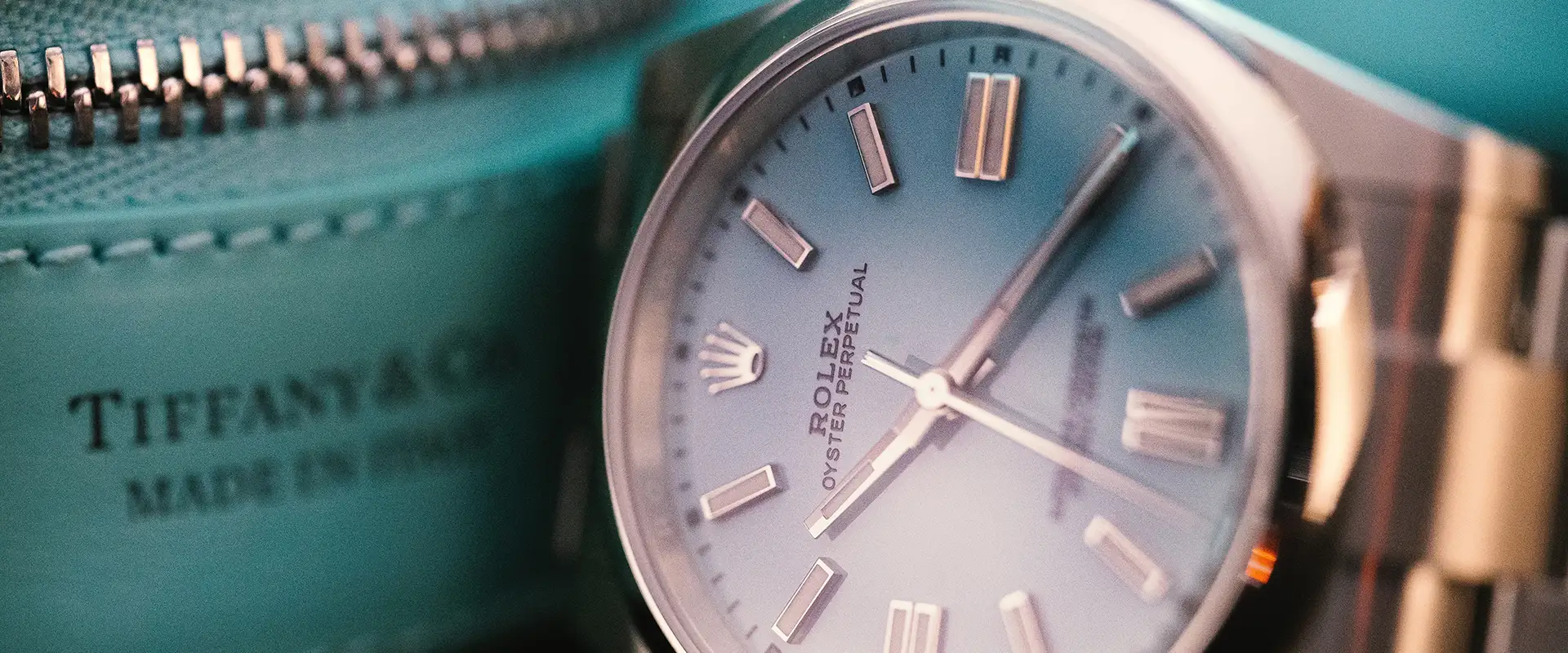
Authenticity isn’t just a marketing buzzword; it’s a strategic imperative. Luxury brands need to demonstrate that they are not simply mass-market goods hiding behind a premium price tag but are truly rare, crafted, and imbued with a sense of purpose. It’s about more than the object itself—it’s about what the object represents.
A luxury watch, wine, or piece of jewelry is no longer just a product; it’s a statement of individuality and taste. In the same way that blues or country artists emotionally connect with their audience through “three chords and the truth,” luxury brands must also strike a chord of truth with their customers.
Luxury brands thrive with exclusive circles and elite connections, which makes them more desirable to consumers.
Building brand authenticity takes various forms: like using nature to signal quality, commitment, and resources from faraway places using rare raw materials; traditional craftsmanship to signal heritage; and sincere stories of innovations and sustainability. Founder stories are especially important. By celebrating them, a brand can show consistency and, as a result, trust.
Artification’ – the transformation of non-art into Art – of luxury is another way to come across as authentic. You know how this works: art and luxury have been family since ancient times. Art adds a layer of authenticity, prestige, and non-commercial value, while cleverly justifying high prices. It speaks to human craftsmanship, which feels more genuine and “real.” A fitting example is the Chanel exhibit at the V&A Museum, showcasing the designer’s legacy and impact.
Featuring over 200 looks brought together for the first time, the Chanel exhibit at the V&A Museum explores Gabrielle Chanel’s iconic design style – from her first millinery boutique in Paris, to her final collection in 1971. The first UK exhibition dedicated to the work of French couturière, Gabrielle ‘Coco’ Chanel, this exhibition explores, among other themes, the history of the emblematic tweed suit, and what makes the allure of CHANEL unique.
It all makes perfect sense because the very heart of luxury is its symbolic value over the functional value of its goods and services. It’s all about genuineness. The first question we will ask – on seeing, reading or hearing anything – is it ‘Man or Machine’? Real or Unreal? Is that a real Patek or a counterfeit? Authenticity comes from its emotional and emblematic proof. Luxury costs more because it means more. So, heritage and real craftsmanship, rooted in a specific time period and geographic place counts. You can’t fake it.
Nurturing the Brand in the Luxury Space
To succeed in this crowded and ever-changing market, luxury brands must blend tradition with modernity, exclusivity with relevance, and timeless craftsmanship with forward-thinking innovation. At the heart of it all, however, lies one unchanging principle: luxury, in its truest form, is about more than just products. It’s about stories, emotions, and the human desire for the exceptional.
The cornerstone of successful luxury brands lies not just in creating, but also in cultivating longing and passionate imagination. Luxury brands also tread the delicate balance between growth and exclusivity, while still ensuring top-calibre service and high-quality products.
Grow too much, they risk losing their mystery and exclusivity. Grow too little, they risk being irrelevant.
By reclaiming the meaning of luxury, brands can navigate this complex world and continue to captivate consumers who seek something more—something that transcends the ordinary and touches the soul.
At Red Marrow, we are guiding determined brands navigate the challenges in positioning by helping them stay true to their true self. In doing so, we are helping them stay unique within the regular, premium and exclusive realms of the brand-world. We are doing this by articulating creative communication informed by strategic brand-paths defined through insightful data.
Learn more about how we help brands get to market, evolve, transform and dominate the marketplace by exploring our brand development portfolio in this site as well as Design Rush.
Get in touch with us to discuss how we can partner to address the challenges your brand is facing today.


